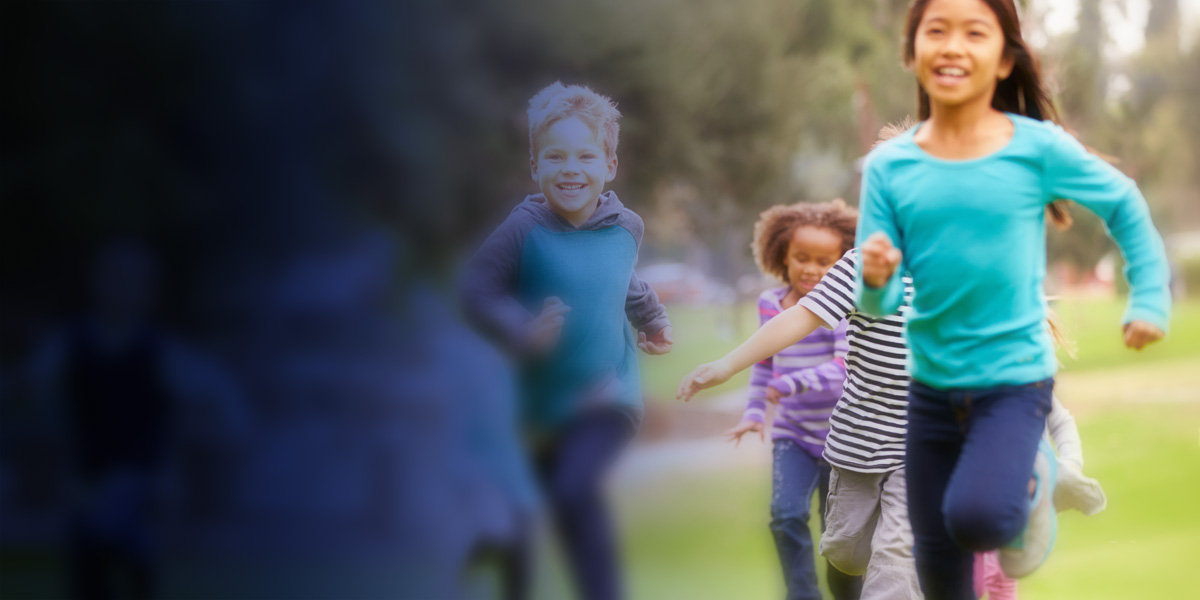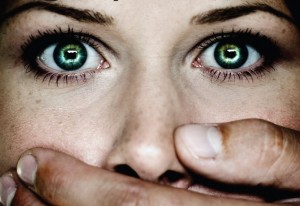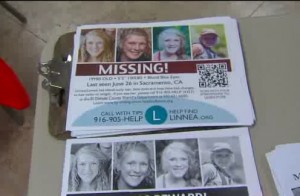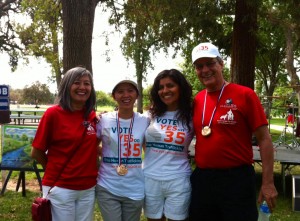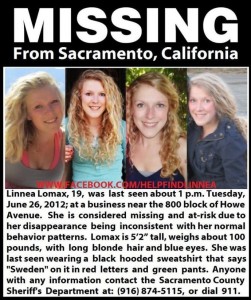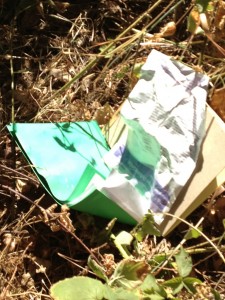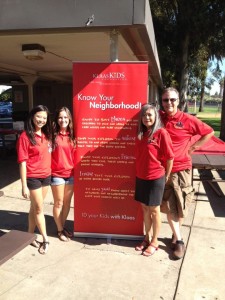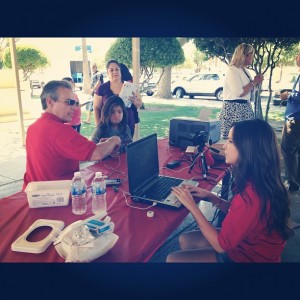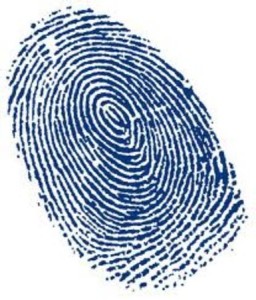On November 6, California voters can launch the single largest movement against human trafficking in our country and pass the toughest anti-human trafficking law in the United States by voting YES on Proposition 35. We will deliver a firm statement to traffickers around the world that we take slavery seriously and care about those in bondage.
Human trafficking, the modern day equivalent of slavery, became an American legislative priority when President Bush signed the Trafficking Victims Protection Act (TVPA) in 2000. Human trafficking, which includes labor and sex trafficking, is acknowledged as the second most profitable international criminal enterprise after drug smuggling. Victims of human trafficking are forced or coerced to work or commit sexual acts by violent criminals who strip them of their dignity and their freedom.
The TVPA was based on the theory that the United States is a destination country for human trafficking. However, original TVPA estimates of 50,000 women and children trafficked into the United States annually have since been downgraded to 14,500-17,500 per year, so initial estimates were reduced by more than two-thirds after the legislation was signed into law. The direction of the TVPA, which agencies would administer it, and which populations would be targeted were based upon seriously flawed data.
The Federal definition of sex trafficking includes when, “a commercial sex act is induced by force, fraud, or coercion, or in which the person induced to perform such an act has not attained 18 years of age.” It is very simple: according to Federal law, children can never consent to prostitution, it is always exploitation. A person who has not attained 18 years of age and is induced to perform a commercial sex act is then a victim of human sex trafficking. Therefore, all underage youth who are involved in prostitution, and who are under the influence of a pimp, are by definition, victims of human sex trafficking.”
Between 1.6 and 2.8 million children run away annually in the U.S., half of which are girls. Within 48 hours of hitting the streets, one third of these children are lured or recruited into the underground world of prostitution or pornography. The average age at which girls first become victims of prostitution is 12-14. For boys, the entry age is 11-13.
These harrowing statistics provides broad justification for a growing focus upon the domestic side of this issue, because the statistics conclusively demonstrate that the USA is a source country as well as a destination country for Human Sex Trafficking. Unfortunately, the vast majority of resources unleashed by the TVPA are still globally directed. This is why Prop 35 is so important to California’s future.
In addition, current California law is inadequate to deal with the realities of human trafficking in our state. The California Trafficking Victims Protection Act (CTVPA), passed in 2005, established human trafficking for forced labor or services as a felony crime punishable by a sentence of 3, 4 or 5 years in state prison and a sentence of 4, 6 or 8 years for trafficking of a minor. Incredibly, according to California law, there is no stated penalty for sex trafficking of a minor without force. The CTVPA was written when domestic human trafficking was viewed as a crime impacting mainly foreign nationals brought into this country. It overlooked thousands of American minors and adults who were also exploited.
Proposition 35 will eliminate barriers to prosecute child sex traffickers by removing the requirement to prove “force, fraud or coercion” of a minor trafficking victim. Prop 35 will deter traffickers in California with higher penalties and fines, use fines to fund victim services, mandate training for law enforcement officers, require convicted sex traffickers to register as sex offenders, require all sex offenders to disclose Internet accounts, and protect victims in court proceedings.
The choice is clear. On November 6, California voters can draw a line in the sand and stand up for domestic victims of human sex trafficking, or we can continue a status quo approach that criminalizes young victims as it celebrates some of the most heinous criminals in our midst: human sex traffickers. I am going to vote Yes on Prop 35, because to turn our backs on the tens of thousands of children being trafficked in California is simply another form of victimization.


